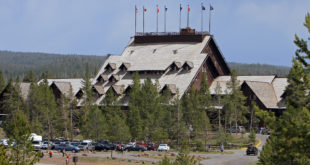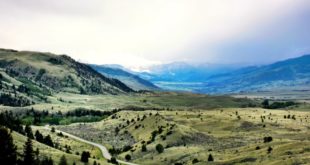The proposal to build and run an ecological observatory just north of Yellowstone in the Gallatin National Forest has made the cut as one of 20 candidates for the National Ecological Observatory Network, or NEON. The network is funded by the National Science Foundation, and observatories will come in two flavors: core observatories built on protected wildlands will receive the majority of the funding, while secondary sites will be used to collect data sent to the core observatories. Given that the Montana State proposal has reached this stage, it’s a good bet to chosen at some level.
“If all goes well, this means a long-term commitment by the land and resource management agencies for the field sites, and a university for the NEON staff to call home,” said MSU Provost and Vice President for Academic Affairs David Dooley in a press release. “We are very pleased they have chosen MSU to base some of their operations.”
The goal of NEON is to monitor ecological and climate conditions in the continental United States, Alaska, Hawaii and Puerto Rico in order to understand and forecast the impacts of climate, land use and invasive species on the nation’s ecology. That the Gallatin National Forest site is next both to a representative wildland system (the Northern Rockies) and a unique ecosystem (basically, Yellowstone National Park) bodes well for MSU’s efforts to land a place in the network.
The observatory would look like a weather station, but it’s capabilities will go far beyond the weather: the unmanned observatory will use telemetry and satellites to collect information for at least 30 years, which will be made available to the public. (We’re guessing some of that data will be closely watched by earthquake researchers and enthusiasts, who keep a close watch on any sort of data relating to Yellowstone.)
 Yellowstone Insider Your Complete Guide to America's First National Park
Yellowstone Insider Your Complete Guide to America's First National Park





